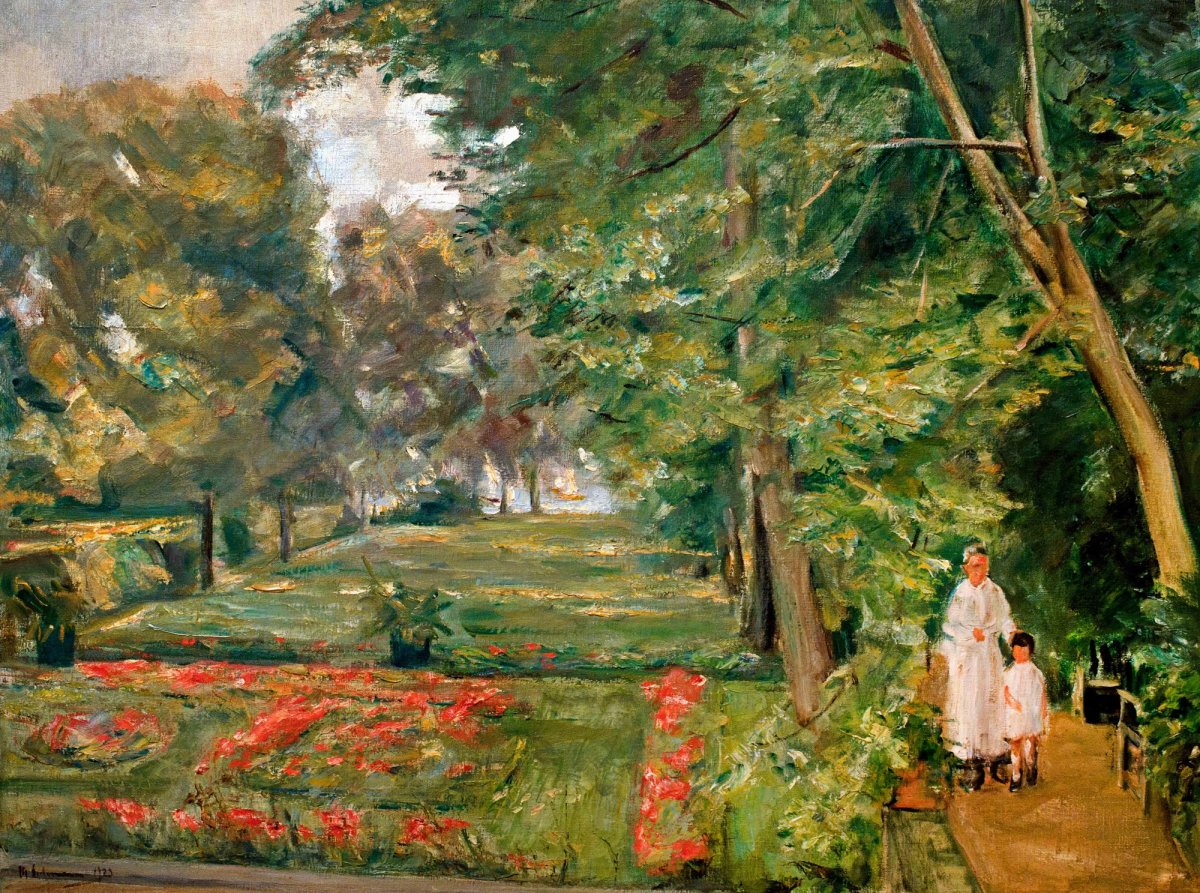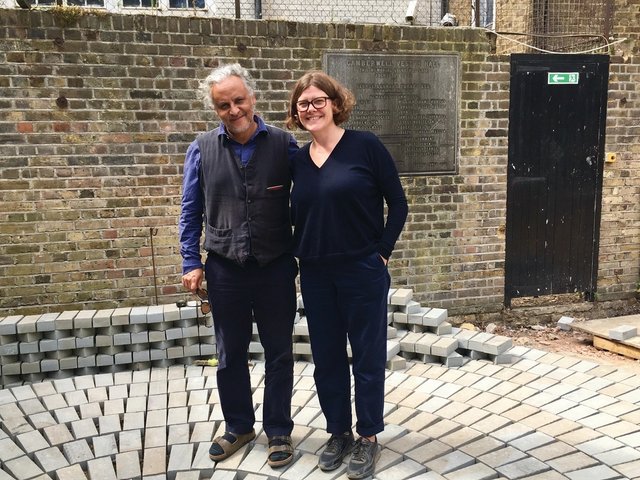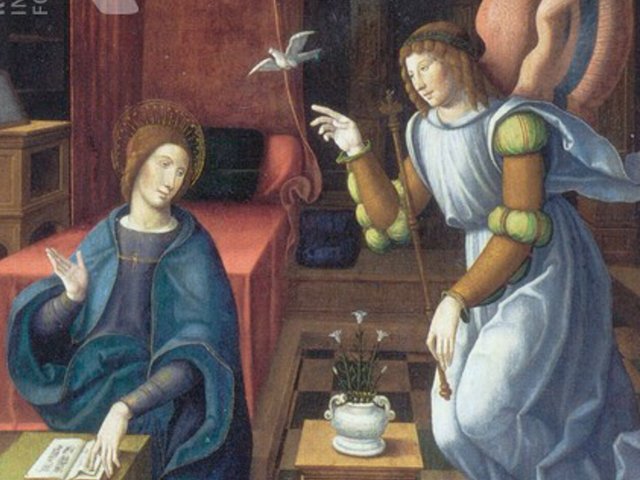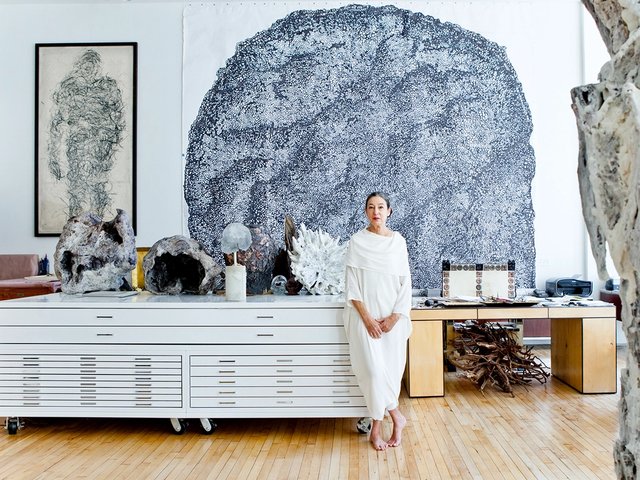Even the slightest acquaintance with art history makes one aware of how fragile works are and how many have been irrevocable lost. More than any, war is the main culprit, but some works are ipso facto ephemeral. Garden historians are most aware of this as often the historically most famous gardens have left no trace and re-creations even from the most meticulous plans cannot assure us that they are identical to the original plantings and designs.
This garden-history book has an interesting approach to the subject of gardens and their memories: it takes 20 gardens that have been associated with artists or artists’ communities and relates the horticulture to the art. Some are better matched than others (Rubens and his gardens are difficult imaginatively to re-construct; others, such as Monet’s at Giverny have been meticulously conserved), but the real point of interest in the book is the artists’ devotion to gardens and gardening, whether there was a direct correspondence with their art or not (shown above, Max Lieberman’s 1923 “portrait” of his garden and below, a 1922 photograph of the artist in his garden). The subtitle, The Secret Spaces that Inspired Great Art, is indicative of this aspect: it is not about a direct correlation of garden to art, but of a “secret space”, that is, of a subliminal, almost inaccessible neural connection to an earthy plot, that is place where artistic enterprise is born for the artists recorded here.
• Jackie Bennett, The Artist’s Garden: the Secret Spaces that Inspired Great Art, Quarto Group/White Lion Publishing, 224pp, £30 (hb)

Max Liebermann in the Wannsee garden (1922) Credit: Max-Liebermann-Gesellschaft





